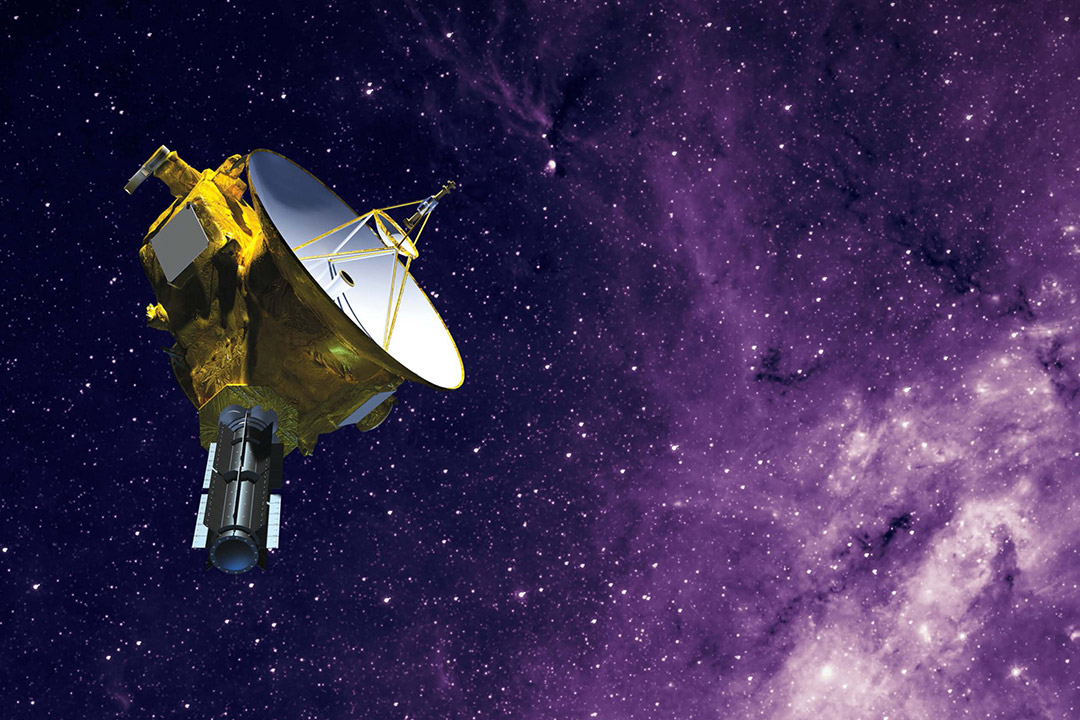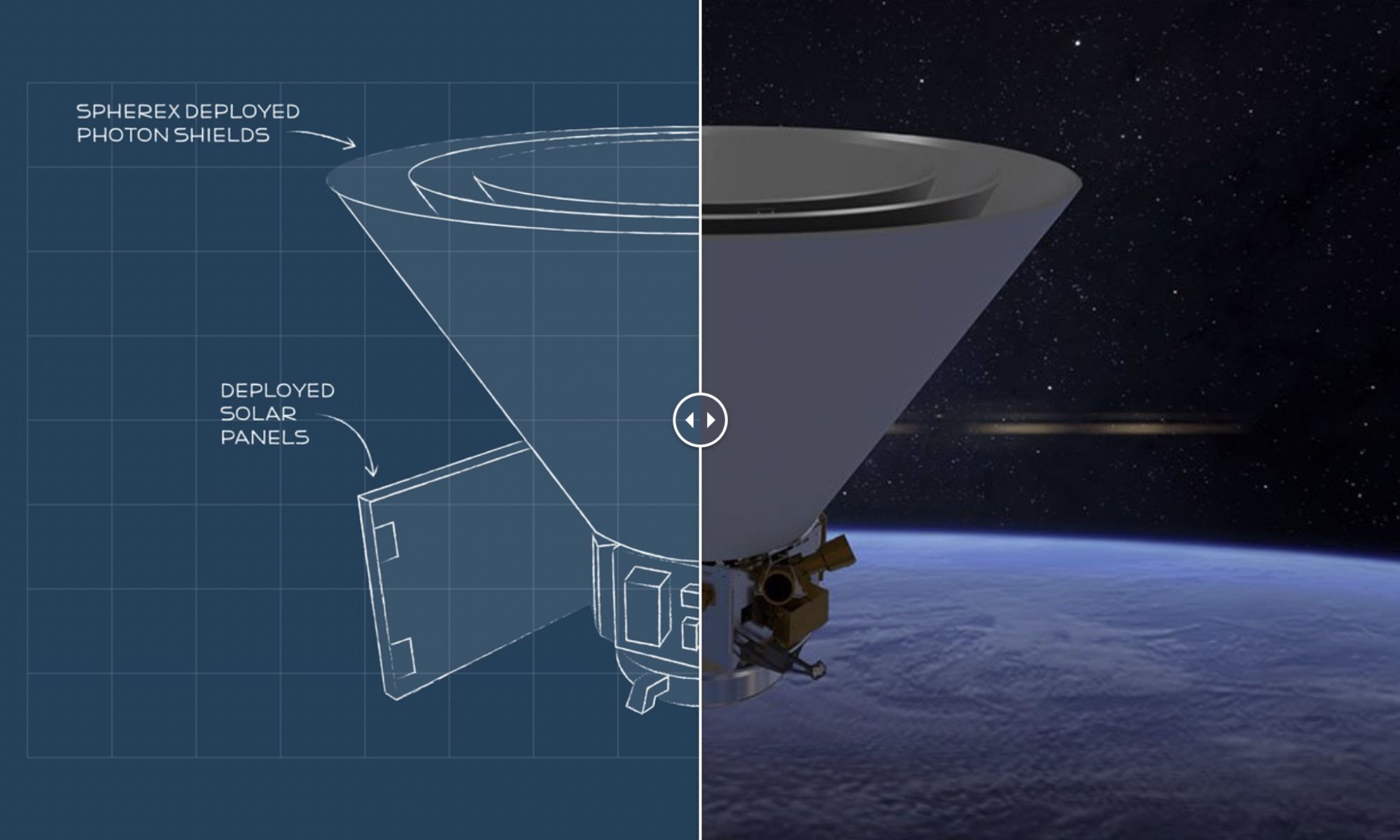Over seven years ago, the New Horizons mission made history when it became the first spacecraft to conduct a flyby of Pluto. In the leadup to this encounter, the spacecraft provided updated data and images of many objects in the inner and outer Solar System. Once beyond the orbit of Pluto and its moons, it embarked on a new mission: to make the first encounter with a Kuiper Belt Object (KBO). This historic flyby occurred about four years ago (Dec. 31st, 2015) when New Horizons zipped past Arrokoth (aka. 2014 MU69).
Now that it is passing through the Kuiper Belt, away from the light pollution of the inner Solar System, it has another lucrative mission: measuring the brightness of the Universe. These measurements will allow astronomers to make more accurate estimates of how many galaxies there are, which is still the subject of debate. According to new measurements by New Horizons, the light coming from stars beyond the Milky Way is two to three times brighter than the light from known populations of galaxies – meaning that there are even more out there than we thought!
Continue reading “The Universe is Brighter Than we Thought”



